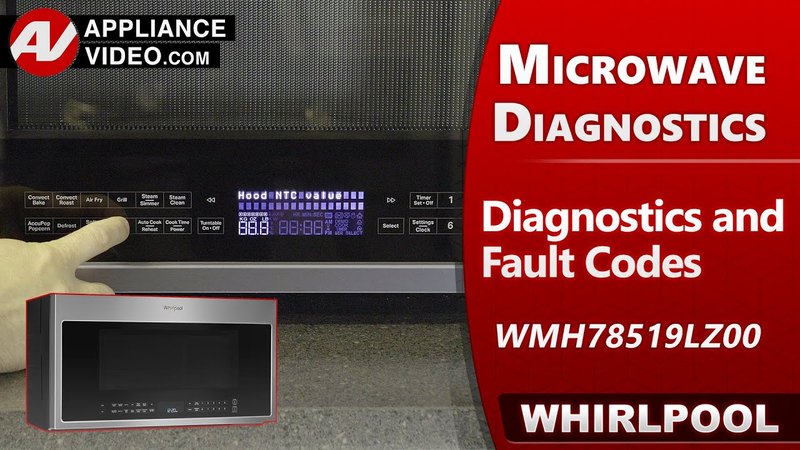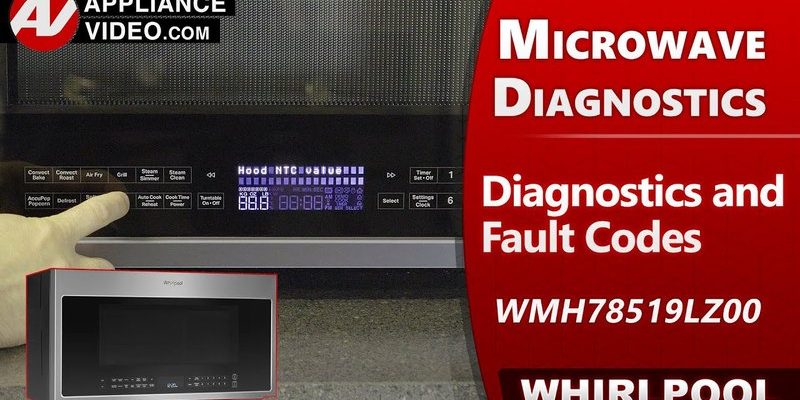
In simple terms, an error code is your microwave’s way of telling you something isn’t working as it should. It’s like a friend tapping you on the shoulder and saying, “Hey, there’s something you might want to check out here.” The “UE” code can appear due to various reasons, often related to issues with the microwave’s operation. Let’s dive into what exactly you should do when you see this code.
Understanding the GE Microwave Error Code UE
When you see the error code “UE” on your GE microwave, it usually signifies there’s an issue with the microwave’s sensor. Think of it like your car’s dashboard light that comes on when it senses a problem with the engine—it’s a warning to help prevent larger issues. In the case of microwaves, the sensors are there to make sure everything’s working smoothly, and if they detect a problem, they’ll display an error code to let you know.
You might be wondering, “Is this code a sign of a serious problem?” Well, not necessarily. It could be something as simple as a temporary glitch or a more specific issue requiring some attention. Often, it’s related to the moisture sensor, which helps the microwave know when your food is done. If the sensor isn’t working properly, the microwave might not heat your food evenly—or at all.
So, before you panic, here’s the deal: it’s essential to understand what the code is trying to communicate. That way, you can decide the best course of action, whether it involves a quick fix or professional help. Ignoring it could lead to inefficient cooking or further issues down the road.
Troubleshooting the Error Code UE
The first step, whenever you see the UE code, is to reset the microwave. It’s much like rebooting your computer or smartphone when it’s acting up. Unplug the microwave for a few minutes and then plug it back in. This simple reset can often clear minor glitches causing the error.
If resetting doesn’t work, or the error returns, it’s time for a closer inspection. Check to ensure the turntable is rotating properly because if it’s stuck or off-track, it can cause uneven heating, which the sensors may misinterpret as a problem. Sometimes, simply cleaning the microwave, especially around the sensor area, can resolve the issue. A bit of dirt or moisture could be messing with the sensor’s ability to read correctly.
If these steps don’t solve the problem, it might indicate a sensor malfunction or a more significant issue with the microwave’s internal workings. At this point, you should consider contacting GE customer service or a professional technician. They can provide guidance tailored specifically to your model and the exact nature of the error.
Preventing Future Error Codes
Now you might be thinking, “What can I do to avoid this happening again?” Regular maintenance and simple care can go a long way. Make sure to clean your microwave often. Wipe down the interior, especially near sensor areas, to keep dirt and grime from building up, which can affect performance.
Avoid using metal objects or foil inside the microwave. These can cause sparking, which not only risks damaging the appliance but can impact the sensors as well. Stick to microwave-safe containers to ensure everything runs smoothly.
Lastly, make sure not to slam the microwave door. Gentle closing ensures that all internal parts align correctly without unnecessary stress on the sensors or other components. With these preventative measures, you can help keep your microwave running efficiently and avoid the frustration of unexpected error codes.
So, the next time you see that UE code, you’ll know exactly what steps to take. While it might seem minor, addressing the issue promptly can save you hassle and possibly prevent more costly repairs in the future. Remember, it’s always better to be proactive than reactive when it comes to your trusty kitchen appliances!
